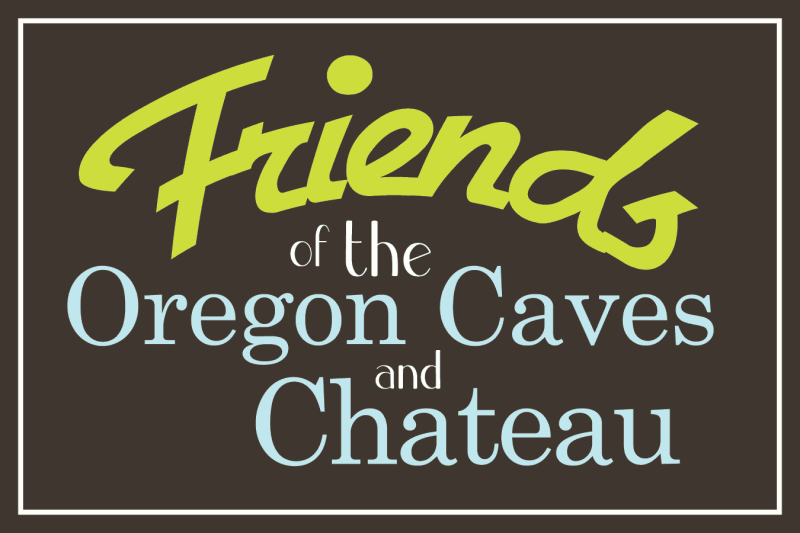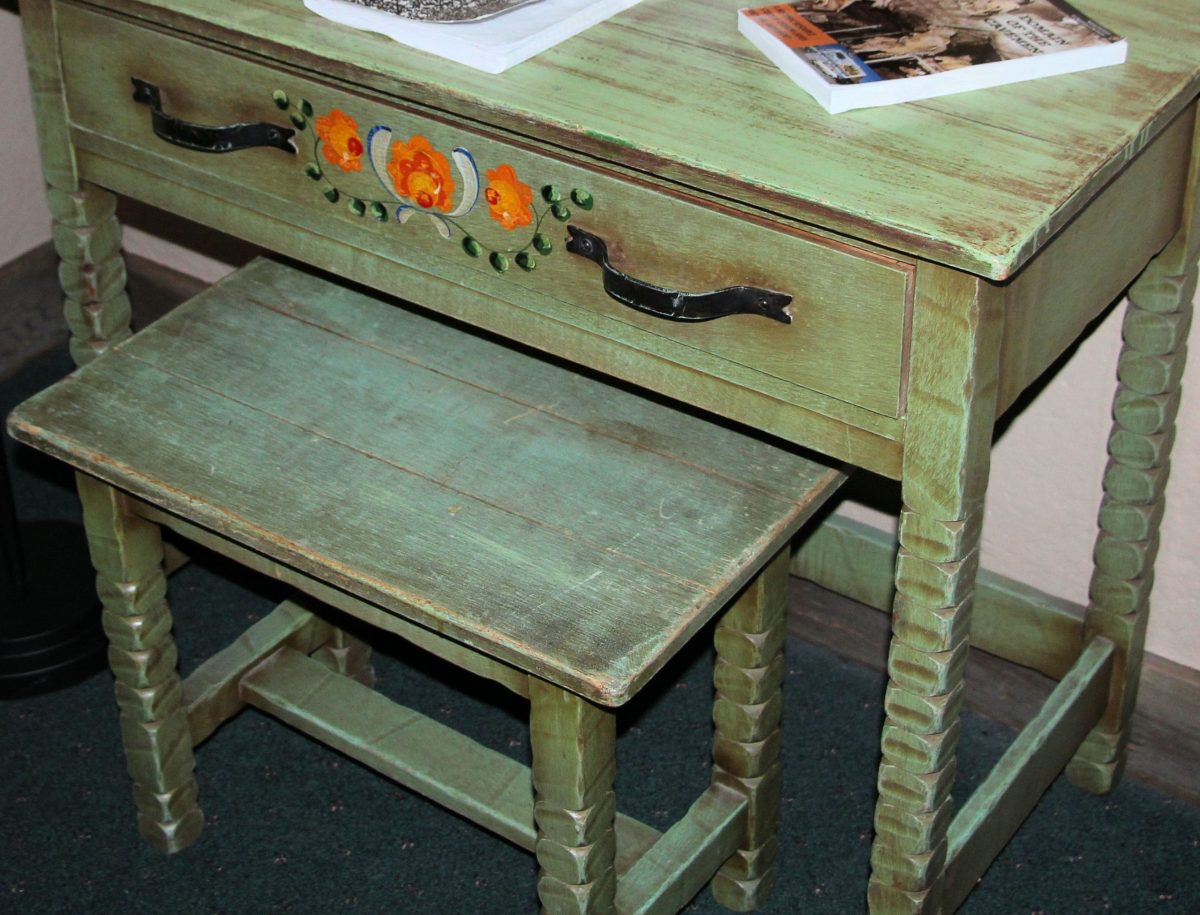Built entirely by hand, each piece of early Monterey furniture is branded with a horseshoe trademark. The furniture was especially popular during the California Spanish revival period, and owners included Will Rogers, Walt Disney and Gene Autry. Many of the finest pieces now in existence are found at the Chateau, including some with hand-painted wild flowers and desert scenes.
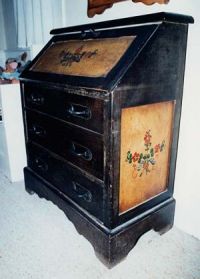

The original Monterey Furniture collection – designed for movie stars like Clark Gable, Gene Autrey, and Will Rogers was purchased from Meier and Frank in Portland.
For decades, the retail dynasty created by Aaron Meier and Sigmund Frank was a long-standing hub of commerce for Portland. This iconic monument featured the first escalator installation in Portland and, in 1922, also functioned as the studio for Meier & Frank’s very own radio station. As the premier department store in Portland, clientele would often dress up to look their very best, as this was (and still is) the place to see and been seen.
At its peak, the Meier & Frank building had a pharmacy, a pet store and a deli. Meier & Frank was also Clark Gable’s place of employment before he became a famous actor.
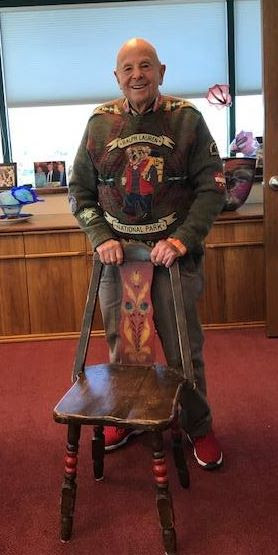
Pictured here with an original Monterey chair, is Gerry Frank who was at the Chateau in 1934 when the furniture was installed. He was 10! Gerry is a proud fourth-generation native Oregonian. Along with others in his family, he has deep roots in Meier and Frank, restaurant, political, civic and business activities of his state. Author of Gerry Frank’s Oregon – now in its 4th printing.
History and Inventory
The furniture in the Chateau’s guest rooms and lobby also contributes to the overall significance of the structure. The line of furniture was created by the Mason Manufacturing Company of Los Angeles, and marketed by Barker Brothers. The style was rustic, which fit the character of the Chateau well. The company was well known for their outdoor furniture, wrought iron lamps, and novelty wood and iron pieces. The Monterey line was initiated by an interior decorator, Frank Mason, who saw a piece in a Warner Brothers movie set and believed that there was a need for a furniture line that accompanied the Spanish or Mission Style homes being erected in the area. His desire for the pieces in 1929 was the start of the Monterey line.

Frank and George Mason made the initial design sketches. Twenty four designs were part of the initial run, and this expanded to about 120 different pieces within four years. There were at least three different bedroom sets, six dining room sets, sixteen different upholstery pieces, sixteen end tables, occasional and coffee tables, and four different desks and secretaries. The lumber was chiefly alder from Oregon that was run through multiple drum sanders to ease the edges and provide an antique or rustic look. The pieces were glued and laminated with a hot glue, and then fished or upholstered. The finishes were all oil stained or base-stained with asphaltum and antiqued by paraffin and rotten stone. Many pieces were hand painted after the antiquing and staining process with different colors or floral patterns. Wrought iron straps and pulls provided accent to the pieces, in addition to basic notching that provided some variation. Many of the earlier pieces were marked by a horseshoe brand, visible at the underside of the piece or on the back.
The line was produced until 1943, when Frank Mason (George’s father) died. His partner in the business was not active in the manufacturing process, and handled the shipping and purchasing concerns. The plant was sold in 1945, ending Mason Manufacturing Company.
The order for the Chateau furniture was placed through Meier and Frank in Portland. From photos of the extant furniture in the lodge, George Mason concluded that the furniture collection is comprised of stock items, no special orders. In addition to the various chairs, stools, vanity dressers, bedframes, and tables, the company also provided the iron sconces attached to interior posts in the lobby and dining rooms. The chandeliers may also have come from the Mason Manufacturing line.
The majority of the furniture at the Chateau retains its historic finish on the wooden portions and leather elements. George Mason commented that it appeared to him that much of the furniture had been re-upholstered, but there may be some original fabric on a few pieces. There is a few chairs in leather elements. There is a few chairs in the boiler room that are in need of repair, but besides these the furniture is all still in use.
